A woman with a “perfect body” in 1930 would barely get a second look from Hollywood producers or model casting agents today.
Addiction and eating disorder recovery site Rehabs.com worked with digital marketing agency Fractl on a project looking at the origins of Body Mass Index (BMI) measurements, and how the bodies of ideal women have compared to national averages over time. And their findings show that models and movie stars are getting smaller than the average American woman at unprecedented rates.
Though BMI measurements don’t distinguish between fat and muscle, and are thus fairly inaccurate in determining whether someone is obese or not, BMI data from the past makes for interesting comparisons. According to the Center for Disease Control, the BMI of the average American women has steadily increased over the past half a century, from 24.9 in 1960 to 26.5 in the present day.
In a similar vein, Rehabs.com found that the difference between models’ weights and the weight of the average American woman has grown from 8 percent in 1975 to over 23 percent today. The bottom line? There’s more of a noticeable gap between the bodies of idealized women and everyday people.
Picking up on this disparity, brands like Dove, Debenham’s and H&M have made efforts to include diverse body types in their catalogs and ads. Organizations like The Representation Project are working to educate women and girls about media literacy and how to handle the sexualized images of women we see on television, billboards and the Internet. (Of course, we still have a very long way to go.)
In addition to the work of brands and organizations, looking back on the “ideal” women throughout the past century tells us just how arbitrary any vision of “the perfect body” is. Sex symbols have varied in terms of body shape, height, weight and tone, from the hourglass figure of Mae West to the waif-like Kate Moss. Though the diversity of these icons is limited — they are all white, and none could be accurately described as plus-size — it’s gratifying to see that different body types have been construed as sexy, and likely will be again.
Here’s how the “ideal body” has changed in the past 100+ years:
The Gibson Girl, 1900-1910s
Getty
The “Gibson girl” was the creation of illustrator Charles Dana Gibson, a type of woman that came to epitomize the ideal feminine beauty at the turn of the century. Gibson described the figure, who was tall with a large bust and wide hips but a narrow waist, as a composite of young women he’d observed.In 1910, he told a reporter for the
Sunday Times Magazine: “I’ll tell you how I got what you have called the ‘Gibson Girl.’ I saw her on the streets, I saw her at the theatres, I saw her in the churches. I saw her everywhere and doing everything. I saw her idling on Fifth Avenue and at work behind the counters of the stores.
The Flapper, 1920s
Getty
Flappers were known for their bobbed hair, shortened dresses and “scandalous” behavior such as smoking in public and driving cars. Flappers rarely wore corsets, downplaying their breasts and waists, and often showed their ankles or knees.In 1920, a lecturer named R. Murray-Leslie described flappers as “the social butterfly type… the frivolous, scantily-clad, jazzing flapper, irresponsible and undisciplined, to whom a dance, a new hat, or a man with a car, were of more importance than the fate of nations.”
Mae West, 1930s
Getty
Hollywood star Mae West could not have been more different from the flappers. She emphasized her waist and hips, flaunting her figure through close-fitting dresses.West allegedly once said: “Cultivate
your curves — they may be dangerous but they won’t be avoided.”
Rita Hayworth, 1940s
Getty
During World War II, the ideal moved away from the unattainable curves of Mae West and the carefree attitudes of the flapper. Stars like Rita Hayworth had flawless skin and healthy, slender bodies, a look not too far away from that of the average American woman.
Marilyn Monroe, 1950s
Getty
Sex symbols of the 1950s include Marilyn Monroe, Jayne Mansfield and Betty Page, known for their long legs and busty hourglass figures. Pin-up girls like Sophia Loren and Brigitte Bardot exuded glamour.”The body is
meant to be seen, not all covered up,” Monroe once said.
Twiggy, 1960s

Getty

Along with the sexual revolution, the 1960s brought with it a new beauty ideal — slender and long-legged. High-fashion model Twiggy Lawson became famous for her small frame and “androgynous” look — a nod to the flapper ideal.
Twiggy has spoken out against the thinness ideal while recognizing her own role in perpetuating it.
“I was a very, very skinny model in the 60s, but naturally… that’s what I looked like,” She told The Huffington Post in 2010. “I ate. I always said I ate, and I looked like my dad who was very skinny, so I think that’s genetic… if you are 17 years old and you are 5-foot-11, the chances are you’re going to be thin.”
Farrah Fawcett, 1970s
Getty
The ideal 1970s beauty was tanned with flowing hair and a slim, toned body — an athletic look with minimal or “natural” makeup. Actress Farrah Fawcett was considered one of the decade’s most beautiful women.The ’70s also saw the
rise of anorexia nervosa as larger numbers of women strove to be thin.
Jane Fonda, 1980s
Getty
As an athletic body type became more popular, “hardbodies” — incredibly toned, slim women — were considered incredibly attractive. Being thin was ideal; being thin and strong was even better. According to Rehabs.com, 60 percent of 1980s Playboy models weighed 15 percent less than the healthy average weight for their size. Actress Jane Fonda was the face of the fitness craze and the epitome of the “hardbody” — her
aerobic exercise videos sold millions of copies.The 80s also saw the introduction of supermodels like Naomi Campbell and Claudia Schiffer, whose tall, thin bodies were far from the average American woman’s body type.
Kate Moss, 1990s
Calvin Klein
In the 1990s, models got drastically thinner. Kate Moss’ waif-like appearance in her 1993 Calvin Klein campaigns coined the term
“heroin chic” — pale skin, angular bone structure and extremely thin limbs were in fashion.Moss has famously said, “Nothing tastes as good as skinny feels.”
Adriana Lima, Early 2000s
Getty
The 2000s brought us the reign of the Victoria’s Secret Angel — tall, thin and leggy models with big breasts, flowing hair and toned bodies. Brazilian model Adriana Lima has been a VS Angel since 2000.
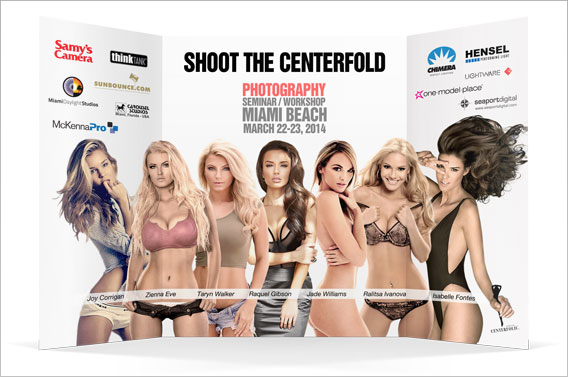

© 2014 Copyright ShootTheCenterfold.com. All rights reserved.

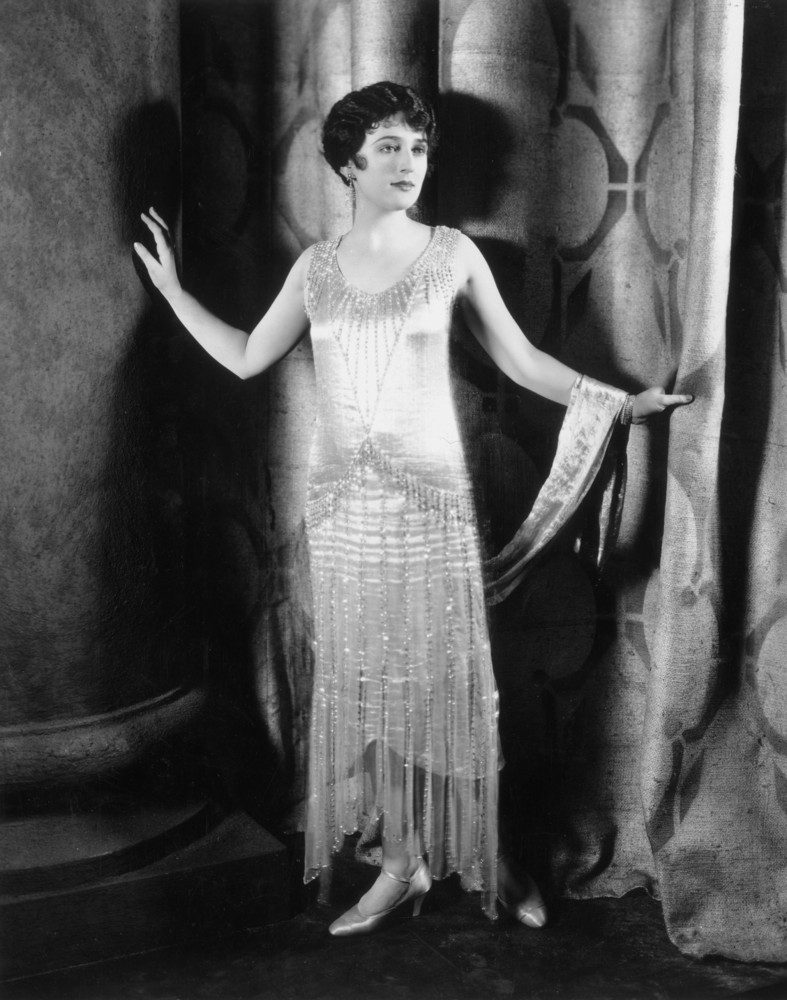
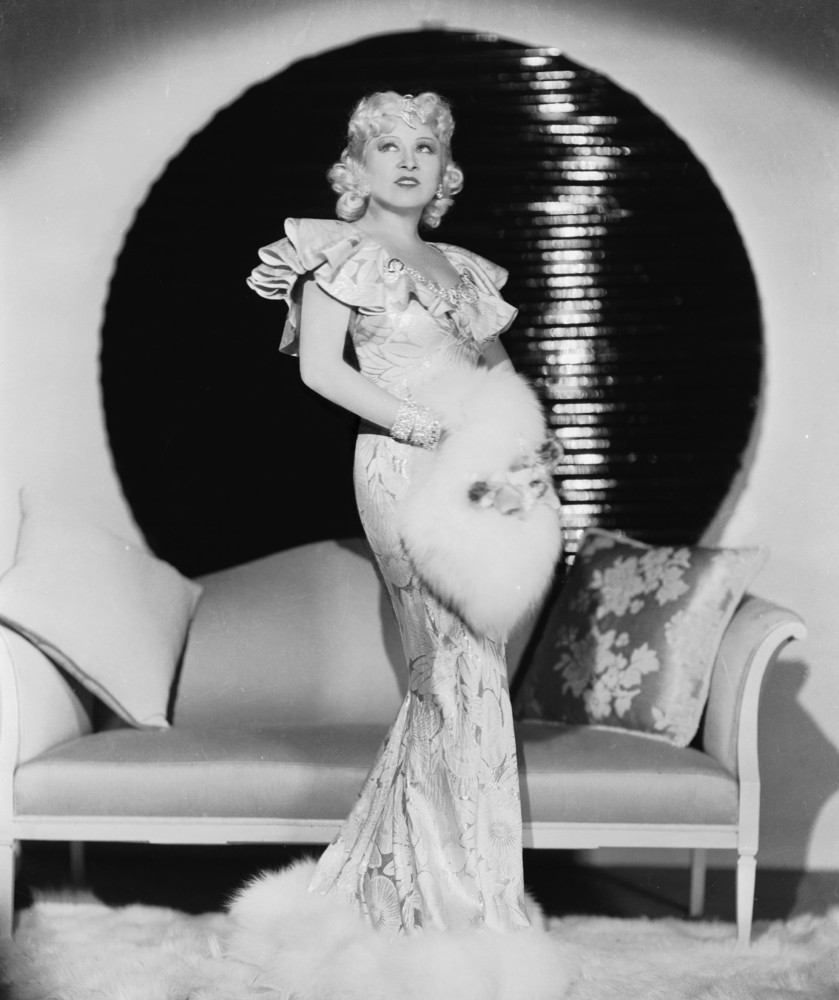
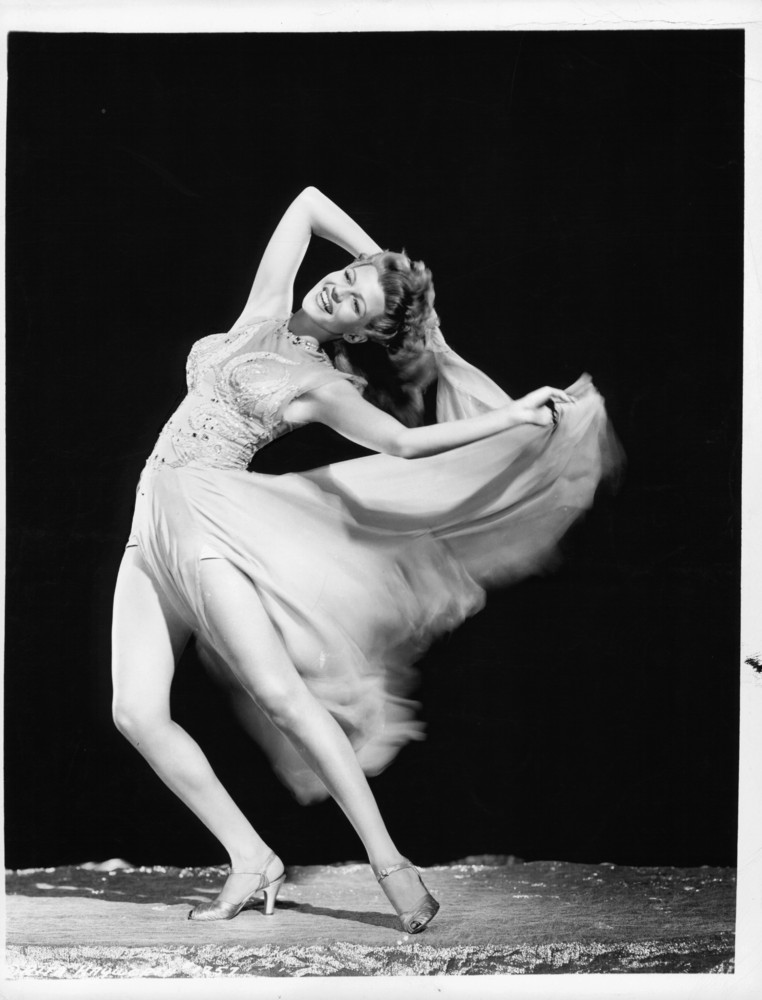
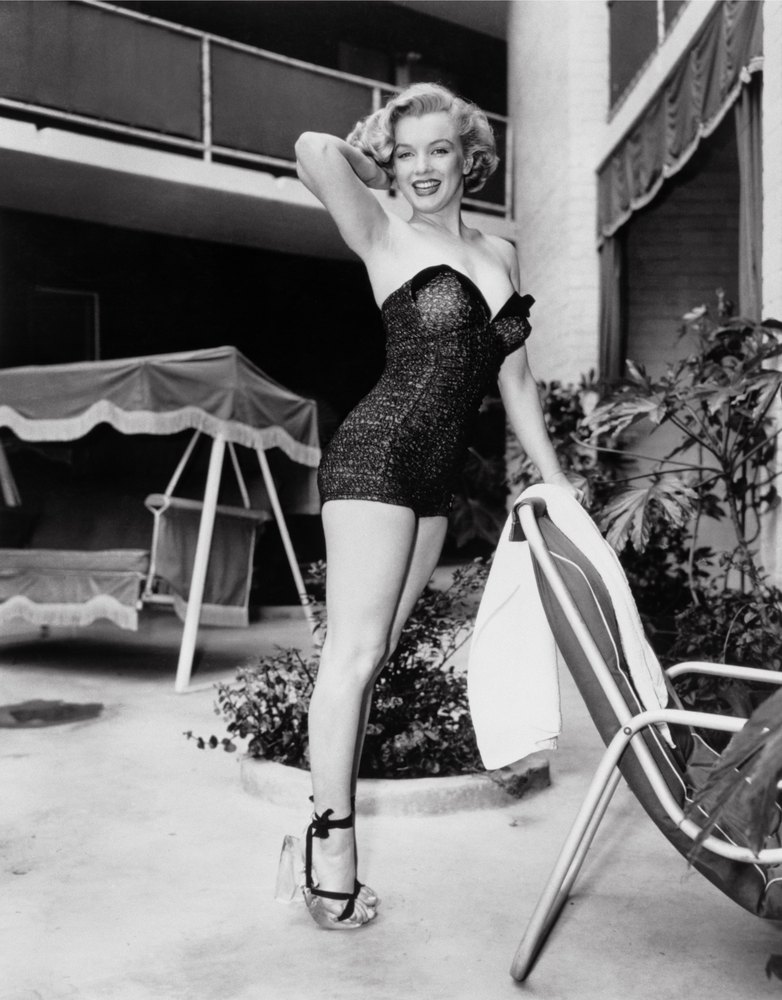

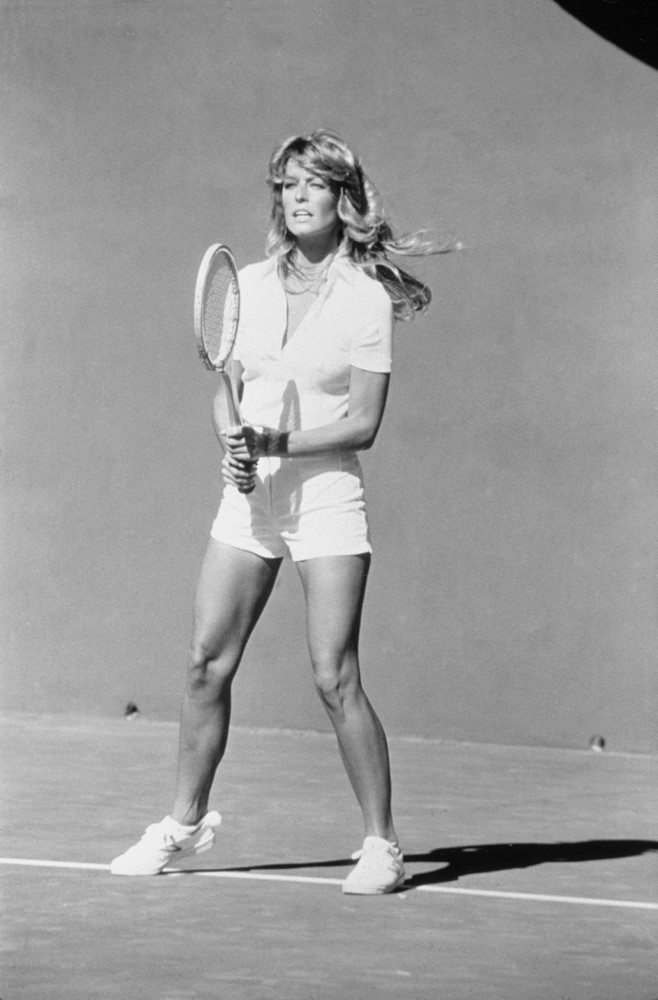
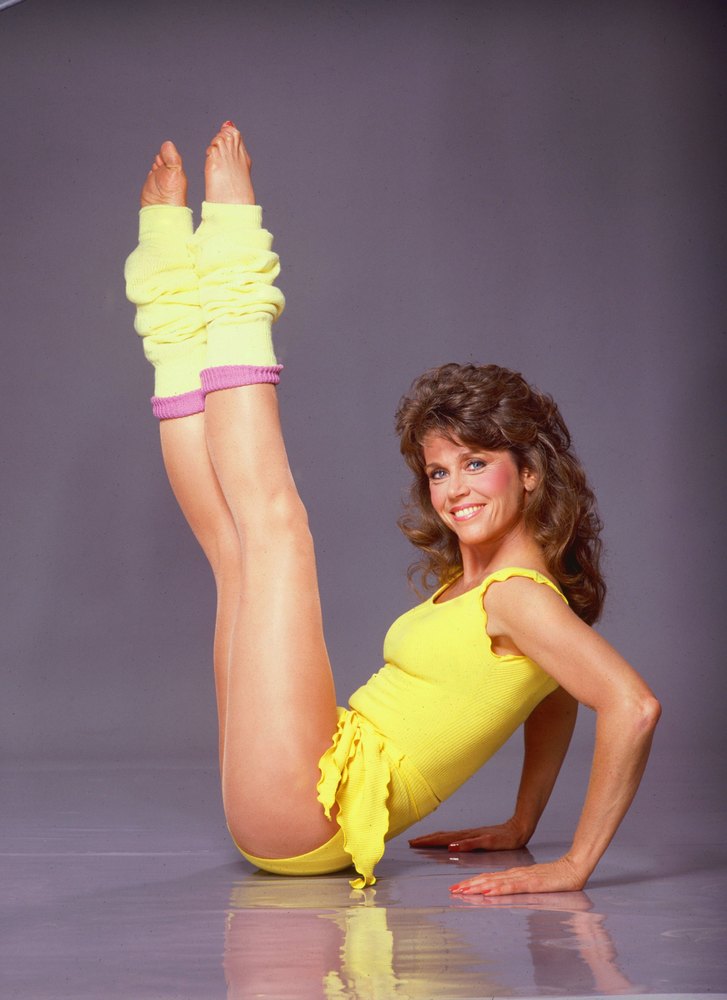
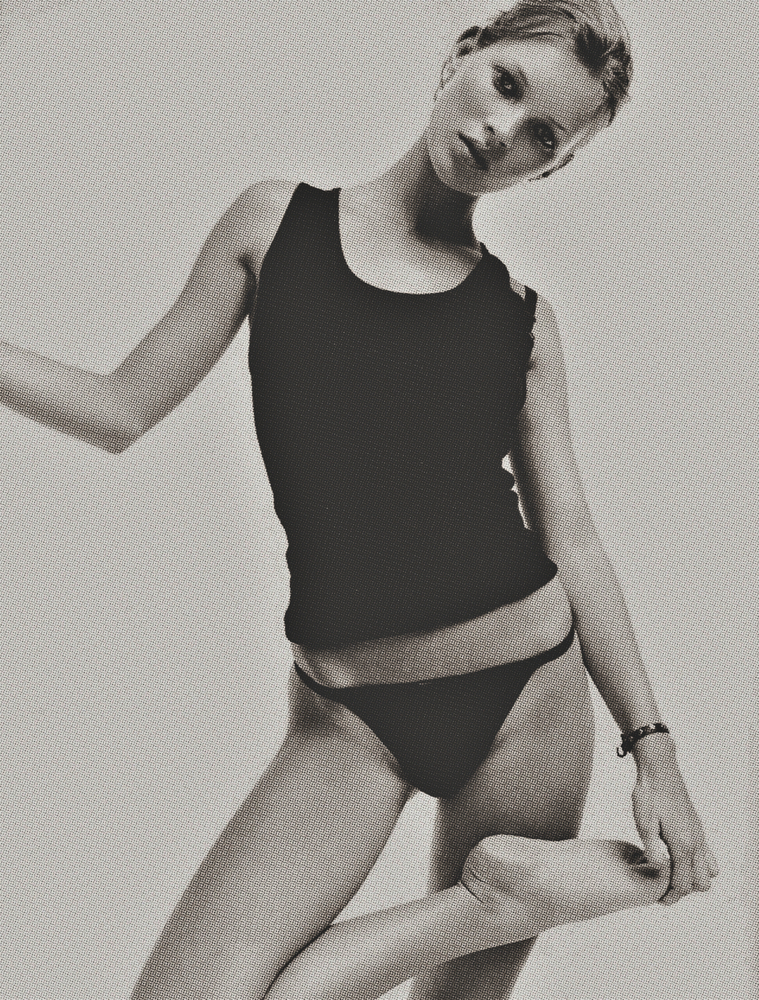
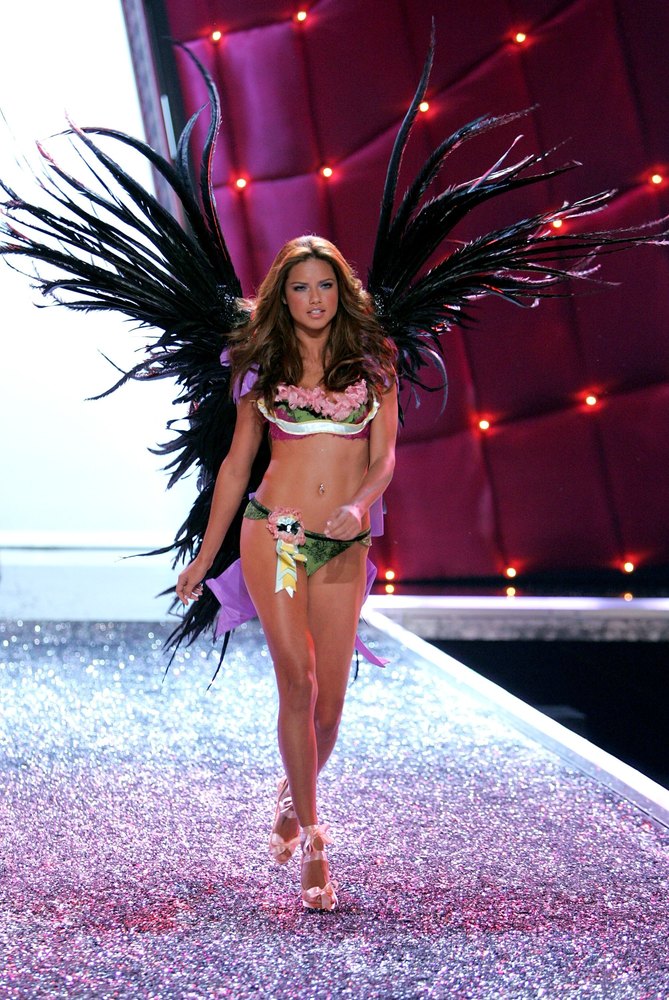





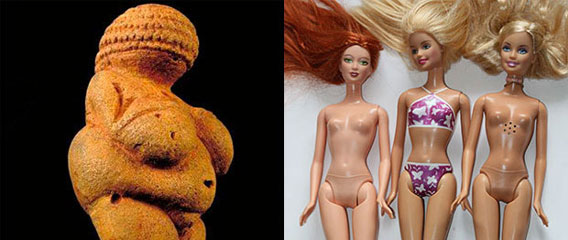

















The ideal figure for women certainly changed in the time that I was Photography Director at Playboy (1975-2009). It was the Jane Fonda exercise tape era that began the evolvement from curvy to muscular-athletic that exploded in the late 70’s and into the ’80’s and beyond. Frankly, I thought the softer, more curvaceous curves were easier to photograph and, in some ways, more appealing. Highly sculpted bodies, however, became the ideal and Playmates and hopefuls always listed their first activity of the day as heading to the gym. Of course, the other huge change was the increasing prevalence of plastic surgery. Again, in many cases, not an improvement in my opinion. I’m glad that the trend seems to be back towards a more natural look. Critics held Playboy responsible to the explosion in the breast surgery enhancement phenom and, I suppose, Playboy certainly didn’t discourage the trend. Unfortunately, many of the doctors who performed the surgery weren’t very good at their craft. Nothing against improving one’s looks, whether it is straightening the teeth, nose or making a saggy pair of breasts perky. The key word in the formula is “improve” and often that turns out not to be the case, at least in the case of breasts and botox lip enhancement. Poorly executed Photoshop only creates more problems.